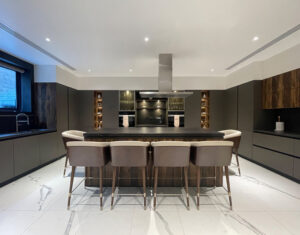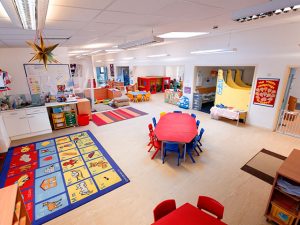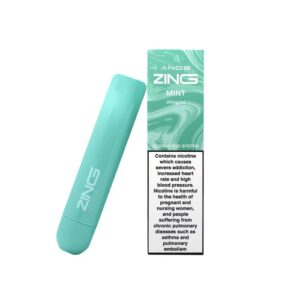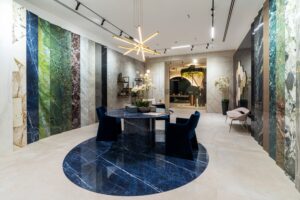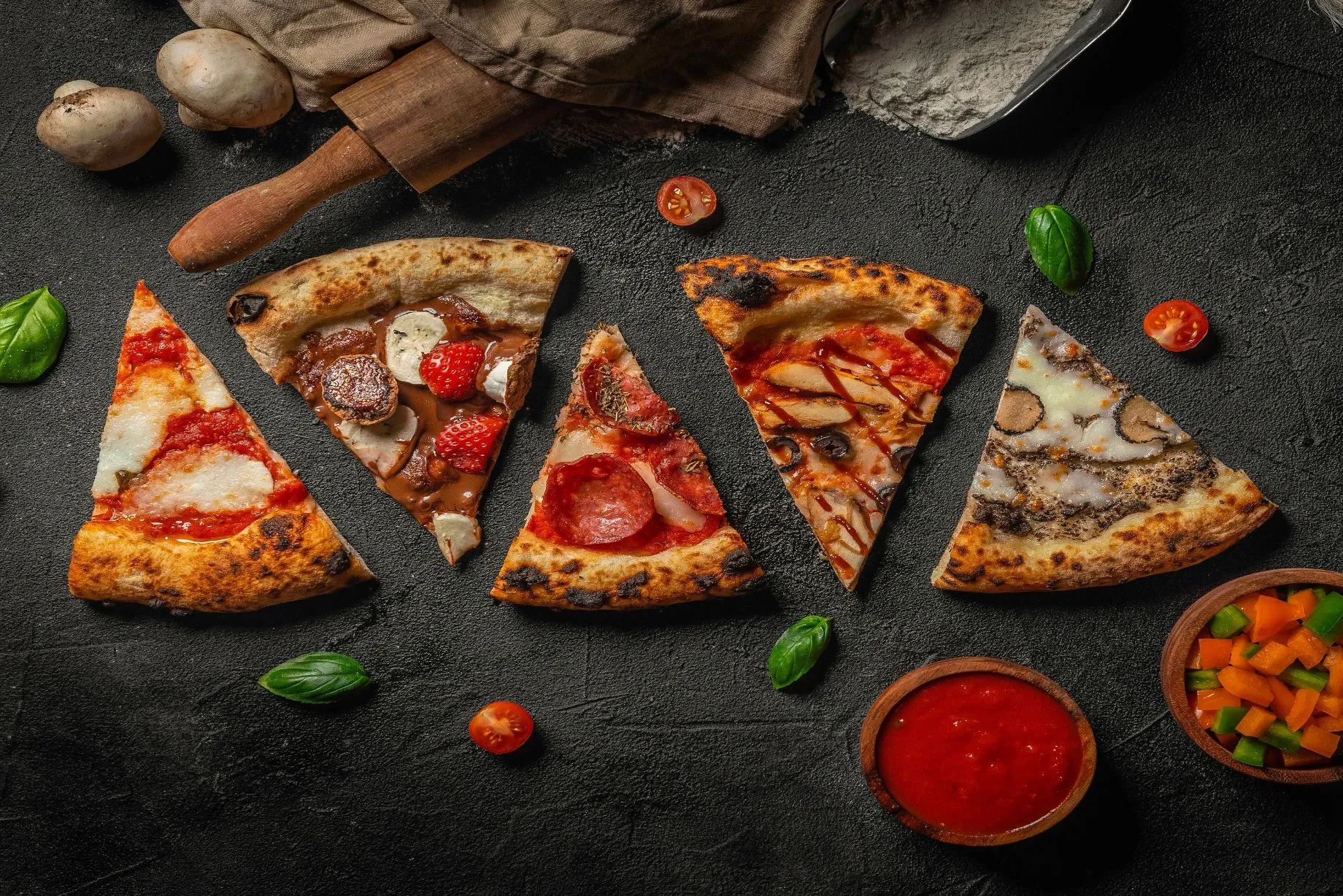
Food styling is an art form that combines creativity, culinary knowledge, and technical skills to make food look irresistible for photography, film, or presentation. A successful food stylist must master various skills to improve the visual appeal of dishes and effectively communicate the core of the food. Explore here some essential skills to develop as a food stylist.
Culinary knowledge:
A strong foundation in culinary skills is important for food stylists. Understanding different cooking techniques, ingredients, and food pairings allows stylists to create visually appealing presentations that also taste great. Familiarity with how various foods behave during cooking and cooling helps stylists choose the right methods for showcasing dishes at their best. For example, knowing how to properly glaze a cake or arrange vegetables can make a significant difference in presentation.
Aesthetic sensibility:
Food styling is fundamentally about aesthetics. A good food stylist must possess a keen eye for color, texture, and composition. This involves understanding the principles of design, such as balance, contrast, and harmony, to create visually appealing arrangements. Practicing with different color palettes and textures can help develop this aesthetic sensibility, allowing stylists to create stunning presentations that catch the viewer’s eye.
Technical proficiency:
Familiarity with photography and lighting techniques is vital for food stylists, as they often work closely with photographers. Understanding how different lighting conditions affect the appearance of food can help stylists make informed decisions about styling and presentation. Additionally, learning basic photography skills can improve collaboration with photographers, allowing stylists to communicate their vision effectively and adjust styling according to camera angles.
Problem-solving skills:
Food styling can present numerous challenges, from last-minute changes in dishes to unforeseen issues with food behavior during shoots. A successful stylist must be adaptable and possess strong problem-solving skills. This might involve finding creative solutions to improve a dish’s appearance, such as using glycerin to simulate steam or adjusting plating to better fit the camera’s perspective. Flexibility and quick thinking are essential for overcoming obstacles and ensuring that the final presentation is captivating.
Communication and collaboration:
Food stylists often work as part of a larger team, including chefs, photographers, and art directors. Strong communication and collaboration skills are essential for conveying ideas and ensuring that everyone is aligned on the vision for a project. Being able to articulate concepts clearly and listen to feedback can lead to more successful outcomes and stronger professional relationships.
